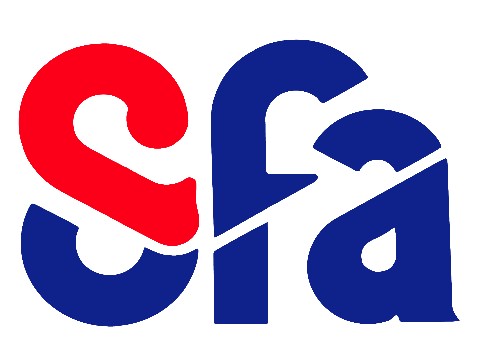Nonlinear wave modulation and time reversal tomography of structural defects
Résumé
Classical ultrasonic tomography generally uses source signals of constant amplitude. Mostly linear characteristics like ultrasonic amplitude, attenuation or time of flight in various directions are evaluated and used to structural defects imaging. On the other hand, more complex and nonlinear characteristics of elastic wave propagation, like 3rd harmonics etc. are starting to be also used for ultrasonic imaging e.g. in medicine, providing more sensitive indicators of small body changes and irregularities. Nonlinear parameters obtained by Nonlinear Elastic Wave Spectroscopy (NEWS) NDT techniques can give us better information about incipient damage zones than linear ones. The main advantage of NEWS consists not only in higher sensitivity but also in the ability to detect defects smaller than the ultrasonic wavelength. Some limitations of NEWS methodology are given by difficulties with more precise defects location when global excitation of larger or more complicated structures is applied. To overcome these constraints, further developments of NEWS techniques are desirable for nonlinear pseudo-tomography or tomography defects imaging. Two NEWS methods are considered: Nonlinear Wave Modulation Spectroscopy (NWMS) and Nonlinear Time Reversal Mirrors (NLTRM) with ESAM and DORT signal processing. Testing results, obtained on metallic and concrete parts illustrate performance of both procedures. Both NDT procedures are illustrated on the ASB (Actuator Steering Bracket) aircraft landing gear part subjected to fatigue loading. No arising defects were indicated by traditional NDT methods, although the slightly enhanced acoustic emission (AE) activity was observed to be concentrated in the area depicted by crosslets. The ASB sample was tested by the above NLTRM procedure after 25000 cycles. Sine-pulse train of frequency 389 kHz and 30&_mu;s duration has been used in primary excitation. Damaged zones detected by AE and NLTRM are overlapping, which confirms high sensitivity of proposed nonlinear methodology. Advantage of nonlinear tomography-like imaging methods is in their potentiality to acquire very complex information about the tested structure.
| Origine | Accord explicite pour ce dépôt |
|---|
Loading...


